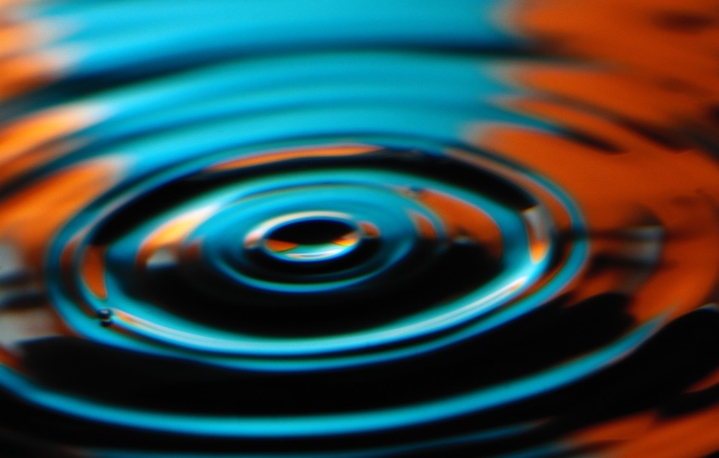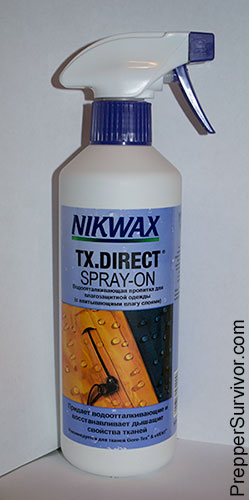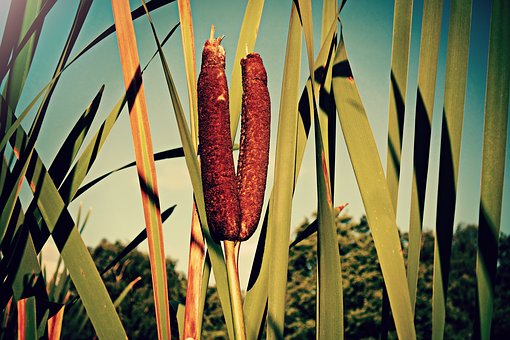Survival: Finding Water in the Wild

Once you find yourself lost or stranded in the wilderness water becomes a priority. The average adult can survive up to three weeks or even longer in some cases, without food. You cannot survive longer than 72 hours however, without water and this timeframe is reduced in hot climates. You may need up to one gallon/four liters of water daily just to replace lost fluids.
Water Sources
Rivers, streams, ponds and lakes are the typical surface water sources in many wilderness environments. In some cases, you may find natural springs or cisterns that are filled from rainfall runoff. Direct rainfall is another source of water as well as morning dew. Morning dew is the condensation of atmospheric moisture that is heated by the sun during the day and as objects cool at night, the moisture will condense on the cooled surfaces. Surfaces where you can collect condensation include vegetation, metal and glass surfaces and pieces of plastic or rain gear you have in your pack.
Surface water sources must be filtered and purified before drinking. Filter using coffee filters, sand, charcoal, gravel, cheesecloth or clean pieces of cloth. Surface water found anywhere in the world is likely to contain harmful bacteria, pathogens and parasites. Surface water can be contaminated by animal and human feces, insects and animal carcasses.
Once filtered boil the water for one minute if you know you are at sea level and for three minutes if you know or suspect you are well above sea level. Water boils at a lower temperature at higher elevations because of reduced air pressure thus you have to boil it longer.
You can also disinfect the water using water purification tablets. Follow the label directions carefully. In some cases, you may have to wait up to four hours before drinking the water after treating with purification tablets.
You can also use two percent liquid iodine (tincture of iodine) to treat surface water. Liquid iodine can be found in many first aid kits and in most pharmacies and retail drug stores. Add 5 drops per one quart/liter of water and shake well. Add the drops only after filtering and then wait 30 minutes. You can double the drops if the water is still cloudy after filtration and then wait up to 60 minutes.
Morning Dew
Lay a rain poncho or any type of plastic over some vegetation before going to sleep. The dew will collect in the numerous wrinkles and depressions in the plastic. You can also absorb the dew off grasses, vehicle windshields, metal surfaces and leafy vegetation using a bandana or any clean absorbent cloth. Squeeze the cloth into a container or directly into your mouth. Dew collected this way does not need to be purified before drinking. In some areas, you can collect up to two quarts using this method. Much depends on the cloud cover and daytime air temperatures however.
Collect rainfall using your poncho or plastic or absorb using clean cloth. You can also drink the rainfall as it drips from known vegetation. You do not want to collect water from poisonous plants.
Arid Environment
You may find yourself in an arid environment where surface water sources are not likely to be available. You can however, find water if you know where to look. First, look for any type of green vegetation because this is an indication of ground water or moisture below the surface. Dry washes are ideal places to find water below the surface in an arid environment. Dry washes are caused usually by flash floods and water may be just a few feet below the surface.
Find a bend in the wash that is shaded and begin digging close to the sides of the wash. If after a foot down the soil is moist keep digging until you see standing water. Once the depression is full, you can filter the water directly into your canteen or cup with a bandanna or any piece of cloth, without purifying it. Ground water is typically safe to drink unless there are obvious surface contaminates that have leeched into the soil.
Look for game trails and once you find where they converge into one trail follow it because this usually leads to a water source. Once you have collected the water, filter it by any means possible and then boil or chemically treat. In arid environments many times small pools are fed by underground springs and if you can find the source of the water it can be consumed in an emergency if you collect it as it bubbles from below ground. Collect the water as close as possible to where it comes out of the ground.
Dew is usually heavy in arid environments so make sure you take advantage of it by following the above-described methods.



